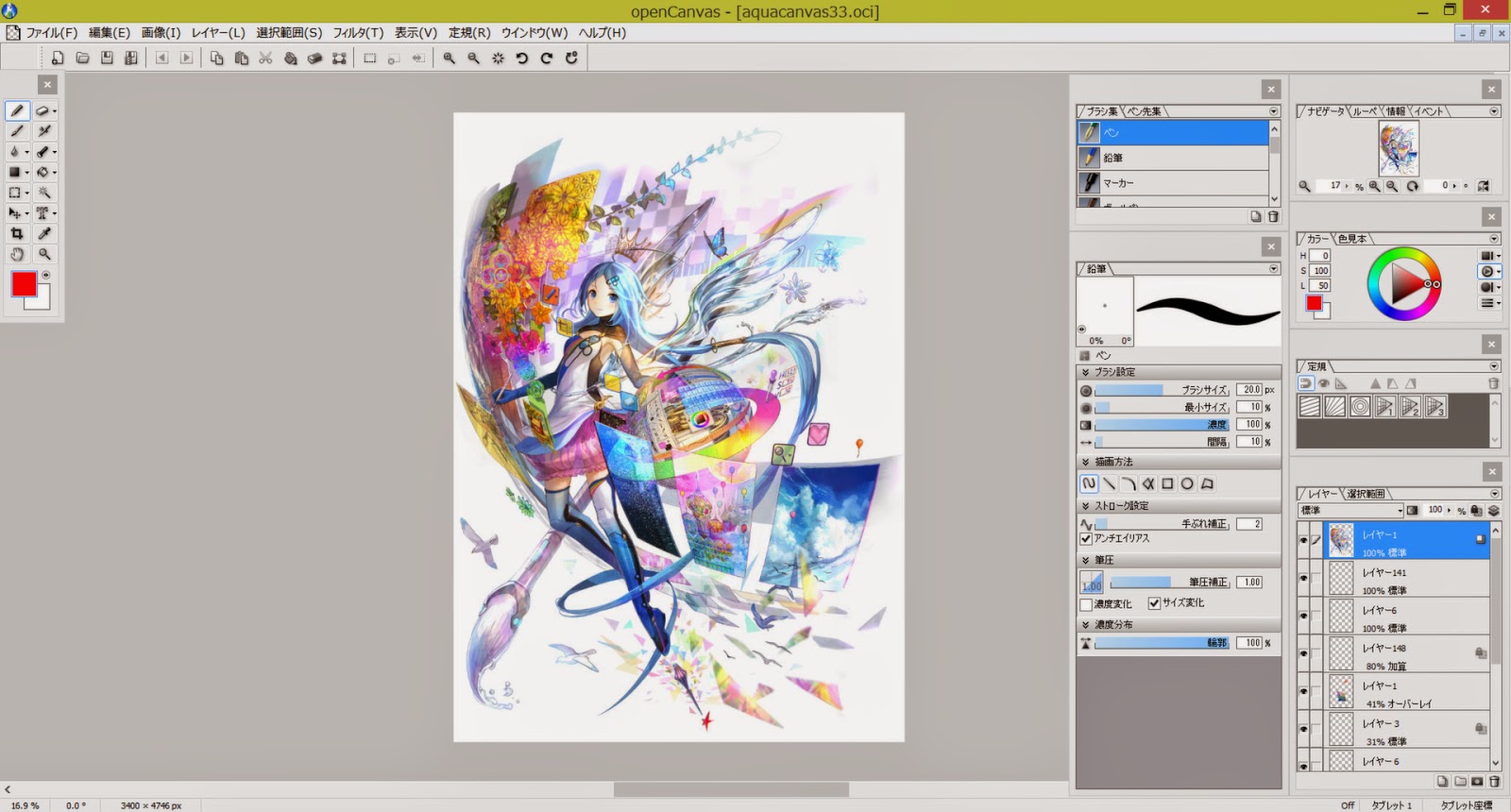


I was recently provided the opportunity to review the latest release of openCanvas so read on to learn more about it. Personally I find that the oil-painting style art found in most strategy titles, like Lords of the Black Sun or Endless Legend, to be stunning and openCanvas is designed to provide aspiring artists an affordable tool to create digital paintings with minimal overhead. Now that you’ve got a more complete, detailed sense of your project down on paper, in the next module you’ll make a user-friendly version of this information, to welcome and orient potential contributors to the project.I know that some folks may ask how it is that a design and illustration application can be related to gaming, especially one that works more like a canvas and brush than something like PhotoShop. You should have information for the problem, solution, value proposition, key metrics, and user profiles boxes filled in. We’ll go over those items in later Sections (see Building Communities of Contributors, Open Communications). If you don’t yet know some of this information– that’s OK! You can leave user channels, contributor profiles and channels boxes blank for now if you don’t have that information.Add these to the template or sticky note collection, If working in a group, review the answers and spend a few minutes coming to shared definitions of each. If working in a group, have everyone write their own answer to each field on a sticky note. For your project, write what you think goes in each field– your problem, solution, etc.Read the description of what goes in each field (aloud, if you’re working in a group). Using the template ( printable, online), fill out Open Canvas for your project/idea.In this assignment you’ll use Open Canvas to organize the information you already know about your project, clarify and summarize project goals and define resource needs. If you find your project is too complex to fit into the Open Canvas model, it may be that you’re trying to do too much, and need to narrow your scope. This way, you can test out the project and ensure the idea works before you spend lots of time and resources expanding it. While you may have ideas or plans for an extended, enhanced version of your project– for example you may want to eventually expand from coding workshops for students in public schools to running summer coding camps, or you might have a brilliant idea for that fancy extra feature for your app– it’s always best to build your Minimum Viable Product first. The concept of MVP comes from the start-up world, where resources are often scarce and timelines are tight, so creating a simple functional product or project quickly is a priority. Open Canvas should help you identify needs and resources that are critical to create a Minimum Viable Product (MVP), or a first, simple version of your project that meets the key goals for the project. Here’s a sample of an Open Canvas created by Abby for Mozilla Science Lab’s Paper Badger Open Project. Here’s more about the Open Canvas tool from its creator, Abby Cabunoc Mayes, Developer Engagement Manager at the Mozilla Foundation. The content in the green square deals with project execution, the resources you need to build your product


The blue dotted line separates your thinking around your product and your thinking about your community, to highlight that you need to think about both of these when making your plan. Here’s a sample of the Open Canvas template, with descriptions of the information required in each section. You’re not starting from scratch here– you can use the vision statement from the previous section as a starting point. To make an Open Canvas, you’ll fill a one-page template with information about your project. What’s special about Open Canvas is that it assumes you’ll be working collaboratively with others– that your project is community-based and will be fueled by significant contributions from volunteers, one of the key principles of working open. It’s adapted from Lean Canvas, a one-page format used for describing a start-up business project. Open Canvas is a way of clarifying your project idea and encouraging you to think strategically about project goals, plans, and resources you’ll need. If you are working in a group, you can use a whiteboard and sticky notes so ideas can be easily shared with all members.Pencil and paper on the printed canvas or this editable version of Open Canvas (if you’d like to work online).


 0 kommentar(er)
0 kommentar(er)
